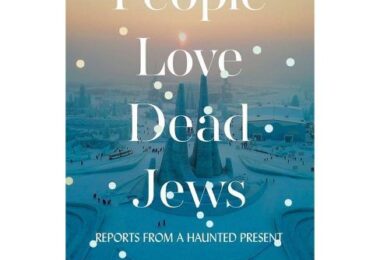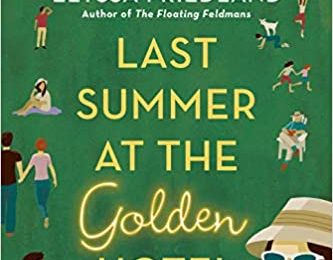Purim and Activism from Eli Joseph – Taken from my living room in Maaleh Adumim
Some thoughts..
When I was growing up, I had a very minimal relationship with Purim. For me, it felt like the Jewish version of Halloween with everyone dressing up in crazy costumes, masquerading around Shul and acting in bizarre ways. I knew there was a story to it with a bad guy and a hero, but I still found the whole thing boring because I couldn’t find a way to connect with it and the parties at shul were pretty lame.
Until the day came when I moved to Israel and Purim came alive.
I learned the Megillah for the first time, and realized there was so much more to it then just another story of the Jewish people nearly being slaughtered and then saved. According to our tradition, the story in Megillat Esther takes place after the Jews had been exiled to Babylon and the First Temple was destroyed. Rulership eventually passed over to the Persians, and 52 years after the destruction, Cyrus allowed the Jews to return to the Land and rebuild the temple… But only 42,000 Jews out of millions actually went! Soon after, Achashverosh became king and things yet again took a turn for the worse; construction was halted, and in this context, the story of Purim takes place.
One of the key parts of the Purim story and the one that speaks to me the most, was the Fast of Esther. The Jews were living in a foreign land, assimilating, comfortable, and relatively at peace until Haman came to power and convinced king Achashverosh to murder them because they posed a potential threat. And how did Haman describe the Jews to Ahashverosh? He said, “There is a certain people scattered abroad and dispersed among the peoples in all the provinces of your realm.” Hmm… Sounds eerily familiar. Mordechai picked up on this and immediately went out in tears until Esther found him and asked what in the world was the matter. He told her of the decree to murder the Jews and that she had an obligation to go to the king and face him – to speak up and try to save the millions who were threatened! She resisted.. And her excuse? “Everyone knows that if anyone approaches the king without being summoned, they’ll be put to death.” Mordechai then told her that she could not keep silent and that her fate would not be separate from all those who would be slaughtered. He told her that perhaps the entire reason why she had become Queen was to plead on behalf of the Jews. She finally woke up and told Mordechai to assemble all the Jewish people, and together, they would fast for three days. Only then would she go and confront the king.
In Judaism, there is the idea of Tikkun, of ‘fixing.’ The three day fast was a tikkun for the Jewish people who up to that point had avoided standing together and sharing the burden of responsibility for each other as a whole. Once they fasted, the Tikkun was made and Esther was able to go to the king and plea on behalf of the people successfully.
There is a deep lesson here.. Purim is actually considered spiritually to be on a higher level than Yom Ha Kippurim, our day of atonement (if you look at the words, the first part ‘Ki’ means ‘as’, and we are left with Purim, so that Yom Kippur is striving to reach a level of spiritual depth that Purim achieves). And why? Nowhere in the entire Megillah of Purim is God mentioned, and yet, the greatest Tikkun of standing together was still able to happen without any visible Godly hand telling us what to do. This teaches us the power we have within ourselves to shape our reality, to positively affect our present and future if we are able to stop judging each other and unite through a place of love.
And why do we drink on Purim? Our venerable Rabbis taught that on Purim, we’re supposed to reach a level of “Nahafochu,” where everything is reversed or flipped, to get to the point were you’re so drunk, you can’t even tell the difference between Mordechai and Haman. So we drink to go even deeper, beyond all boundaries, to a place where walls melt and we see the oneness in us all.
The Rabbis also said “Mi she nichnass Adar, Marbim be Simcha!” He who brings in the month of Adar is full of Joy!” From a place of brokeness, we are able to rise, through loving each other, growing, taking responsibility for one another, and bringing goodness, joy and light to the world.
May we all have a Purim Sameach!!
- A Tale of Yom Kippur: With Eyes of Love - 9/16/2010
- Rethinking the Holocaust - 4/12/2010
- It’s Purim Time!! - 2/27/2010






Thank you for every other informative blog.
Thank you for every other informative blog.
uluslararas? evden eve nakliyat
Thank you for every other informative blog.
uluslararas? evden eve nakliyat
Introducing the fastest locksmith in London and Surroundings!
Shalom! Great blog! I just thought I’d comment as I was in Jerusalem this year for Purim and attended the service in a Synagogue; it was mad! I’ve never experienced anything like it. I was visiting Jerusalem and the Holy Land for a week as part of my Theology trip. I’m a BA Theology student from London. I have also been studying Biblical Hebrew for the past year.
All the best,
CWA
Thanks for the post and welcome aboard, Talya.